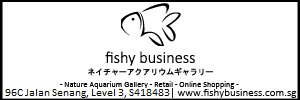Plants appear green because they reflect green light, while absorbing the other colors of the spectrum. The green pigment in plants is chlorophyll, essential for photosynthesis. The green portion of the light spectrum is relatively unimportant to photosynthesis, since it is mostly reflected by the plant. Chlorophyll absorbs light energy from the blue and red portions of the spectrum to convert carbon dioxide and water into sugars to be used by the plant. Without red and blue light rays, the plant will weaken or die prematurely.
The orange-red portion of the light spectrum is very important to plant reproduction. Pigments called "photochromes" absorb the red and far red portions of the light spectrum. Photochromes regulate seed germination, root development, tuber and bulb formation, dormancy, flowering and fruit production. Therefore, the red portion of the light spectrum is essential to plant growth, particularly during the flowering, fruiting and reproductive stage.
Plants need light from the blue end of the spectrum as well. Blue light stimulates chlorophyll production more than any other color, promoting thick leaves, stocky stems and strong vegetative growth. Carotenoids, the yellow-orange pigment in plants, absorb blue light and control leaf fall and fruit ripening. Riboflavin, containing another pigment, absorbs violet light and influences "phototropism", the movement of plant foliage in response to a light source.











 Reply With Quote
Reply With Quote







Bookmarks